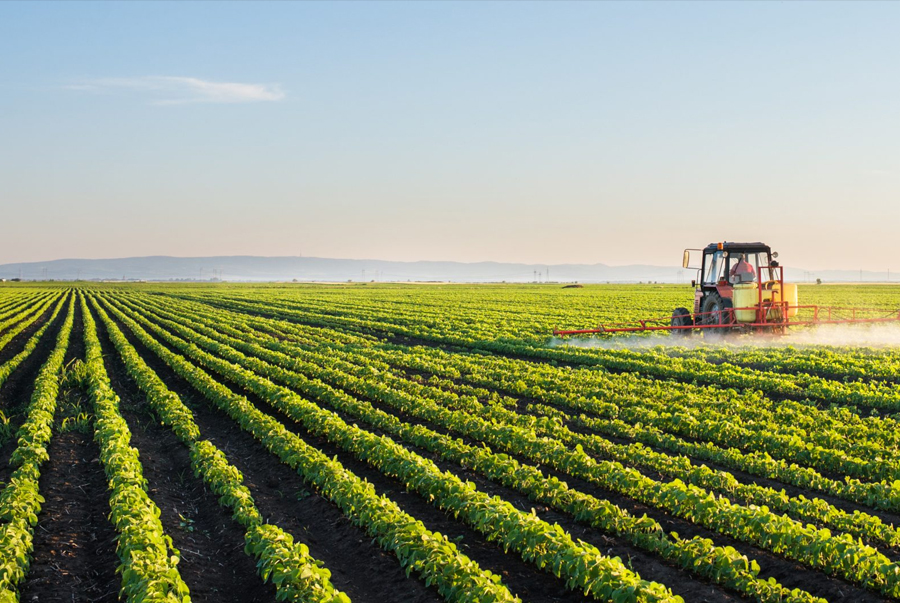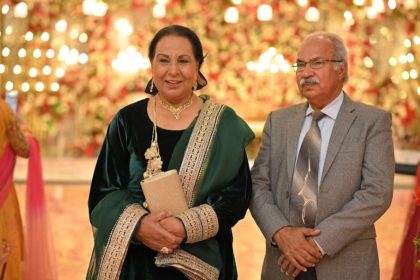We have been hearing since ages that i) agriculture is the lifeline of Pakistan’s economy accounting for 19.5 percent of the gross domestic product (GDP), According to trading economics.com, Pakistan’s GDP in 2017 is estimated at US$304.95 billion (PKR 33544.5 billion: PKR 110/1US4) while GDP from agriculture in the same year is estimated at 2284.561 billion PKR, so one can calculate how realistic is the figure of 19.5%. ii) As per Government claim, there is a rapid urbanization yet, we say that agriculture is employing 45-42% of the labor force, iii) we strongly believe that agriculture provides raw material for several value-added sectors and plays a central role in national development, food security and poverty reduction nevertheless, we report every year that poverty is increasing, and food security is on the decline. These three statements are enough to indicate that there is something seriously wrong with our overall agriculture policies.
What these policy narratives are?
According to economic survey of Pakistan 2016-2017, Government is focusing on i) increasing yield for rural growers through major infrastructure investments including reliable transport networks for modern supply chain, and ii) expecting that CPEC will enhance benefits of agribusiness through value addition and supply chain.
Let’s look at the first.
During 2016-17, it is reported, that agriculture growth remained 3.46 % compared to the target of 3.5% due to good harvest of major crops because of optimum/greater availability of water, credit and intensive fertilizers offtake which help increasing yield and thus the production. This unfortunately, is traditional agriculture which lacks scientific research, and is not suitable for requirement of 21st century. We are relying on yield increase, area increase and thus the production increase without realizing that from 1960 till to date, crop yields have increased globally by 77% just by exploiting the genetic potential which has largely been exhausted and required re-evaluation. Many varieties in hand are producing only 30-35% of what is agro-ecologically attainable under comparable environments. How much water and fertilizer we can afford to apply for further increase in production? The resource poor farmers in the country are nearly 1.4 million who cannot afford extensive inputs. We are water starved country where per capita water consumption is nearly 1000 cubic meter. From where, the water will come for irrigated agriculture that is predominant in the country? Have we realized, how drastically the climate has changed in Pakistan? and how vulnerable is Pakistan to these changes? We have periodic drought, erratic rains, extensive heat waves and floods which needs radical change in agriculture strategies and thus extensive research which is completely missing in government focus. An entirely changed vision is required that can re-make the agricultural research enabling it to address the challenges we are facing today. We have not even realized that due to climate change, arable land is diminishing not only due to rapid desertification but also due to massive urbanization and infrastructure development. We need to look for alternative strategies that need research: a completely missing factor in Economic survey of Pakistan: 2016-2017.
Now look at the CPEC factor
The shortened version of “Long term plan of China-Pakistan Economic corridor, 2017-2030”
provide only brushstroke descriptions of various “areas of cooperation” without any detail. The document says, “thousands of acres of agricultural land will be leased out to Chinese enterprises to set up demonstration projects. A full system of monitoring and surveillance will be built in cities from Peshawar to Karachi, with 24-hours video recordings on roads and busy marketplaces for law and order. A national fiberoptic backbone will be built for the country not only for internet traffic, but also terrestrial distribution of TV broadcast, which will cooperate with Chinese media in “dissemination of Chinese culture”. The plan envisages a deep and broad-based penetration in most sectors of Pakistan’s economy as well as its society by Chinese enterprises and culture. Its scope has no “precedent in Pakistan’s history in terms of how far it opens the domestic economy to participation by foreign enterprise”
Where Pakistan’s agriculture fits in this scenario? For most of us, it is illusion. What we know is, that agriculture institutions and universities will have joint projects with Chinese but thanks to Higher Education Commission (HEC) and Ministry of Science and Technology (MoST), nothing has so far materialized, may be due to lack of will, or capabilities, or both. The Chinese has so far produced over 500 Ph.Ds on CPEC but we are only relying on sending students to China to do
Ph.D in routine subjects and learning Chinese language. Even the agriculturists are not sure where they are standing. It was necessary for our agriculture scientists to have a proactive approach immediately upon CPEC becoming a notion in the country. It is now feared that the scientists will have a reactive approach when the things will unfold in detail. Whom to be blamed for this? Certainly not Chinese. They are investing huge amount in Pakistan and it is their right to protect it by whatever means available. It is our responsibility to protect our interest during the course without compromising on other’s rights. Unfortunately, our policy is as lopsided as the other policies: the one is being described here. But, what we can anticipate in a country where policies usually are in grey areas not accessible to public. It is therefore, imperative that we should prepare the public and scientists, for the pros and cons of CPEC: a project that we cannot afford to have any controversy attached to it. A new vision is therefore required that can address the challenges we are facing today. Unless we do this, the dream of setting new goals will remain elusive and it will be business as usual.





